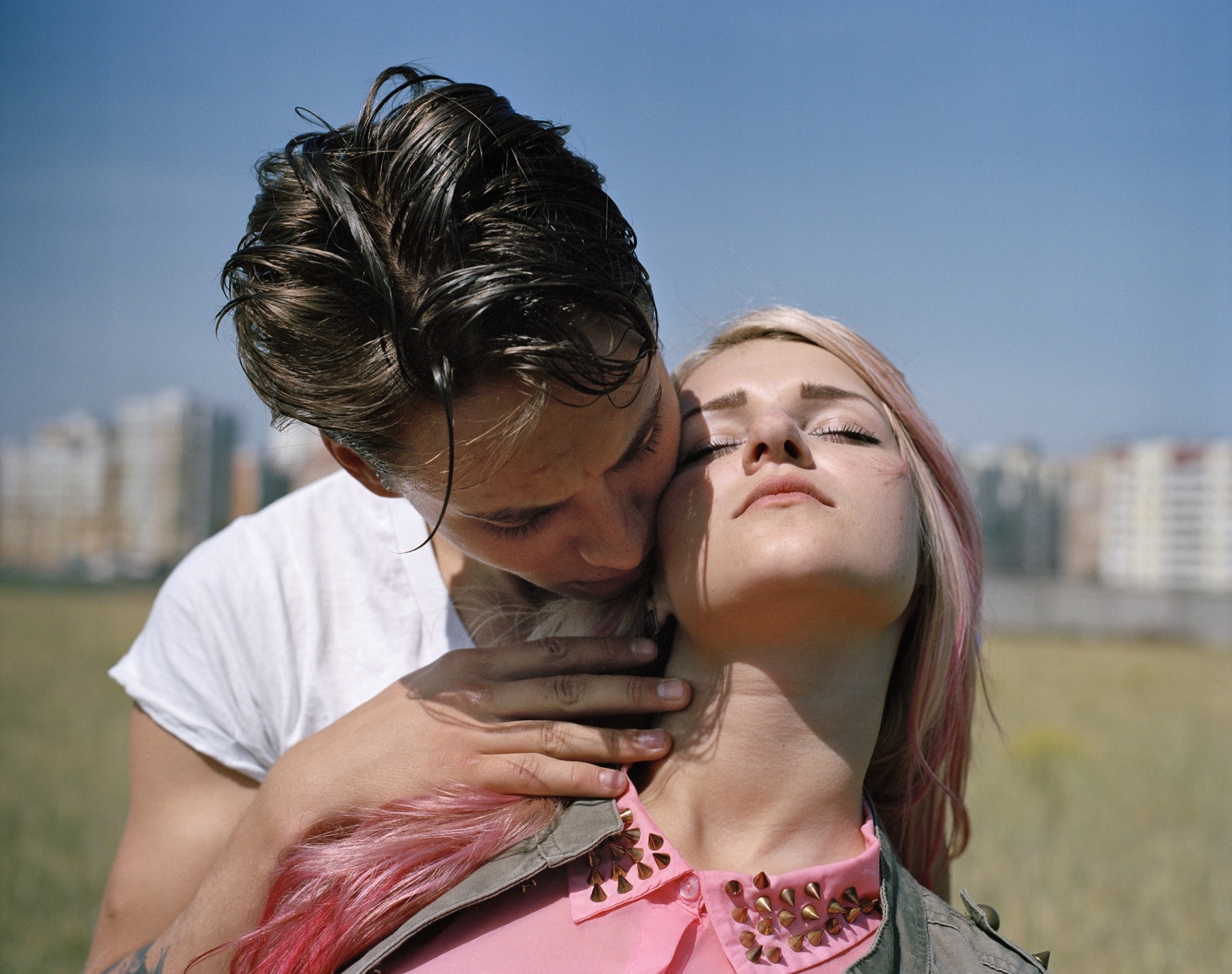“It was a place that reminded me of childhood, of fairy tales, of comfort and love,” Nadia Sablin shares of her relationship with Ukraine. “Now it’s so heartbreaking and I don’t know how to show that heartbreak.” Born in Saint Petersburg (then Leningrad), the photographer moved to the U.S. with her family as a child. She left the world of commercial photography in 2003 to join the Peace Corps and traveled to Ukraine. “I hadn’t been to Eastern Europe since my childhood and the language was still familiar, the people looked so right and the trains sounded the way I remembered,” she says. Sablin has since traveled repeatedly to Russia and Ukraine, quite often capturing images of the same subjects over a span of years.
It was in 2014 during the outbreak of the revolution in Maidan that Sablin traveled to western Ukraine. High school graduates in their uniforms, a friend showing off a pair of new high heels, a boy and his gun – the striking images in Sablin’s Rosegarden series reflect a tender meditation on the unidentifiable, the invisible emotional effects of the tragedy of the war in the east with the hazy beauty and serenity of the rest of Ukraine. Sablin visited towns she knew and captured images that provide an escape from the heartbreak and into the beautiful light and loving gaze of her photographer’s lens. We discuss finding a photo subject on Russian Facebook, Pushkin, and the revolution.
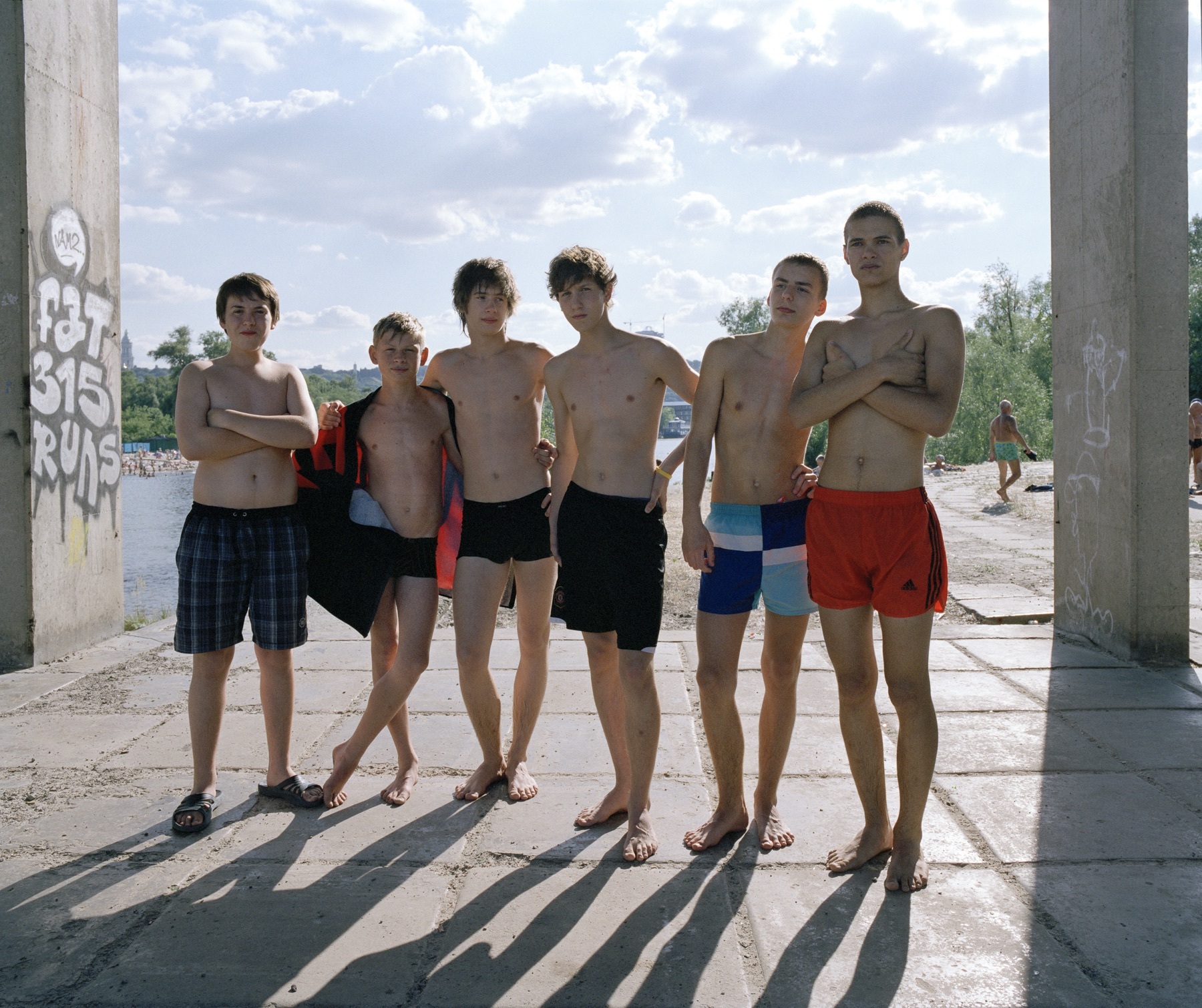
What were some of your early creative influences as a child?
My parents are huge art lovers so they would drag me to all the museums and exhibits, and my grandmother was a tour guide. She’s a scholar of Pushkin’s life and his poetry and would lead these tours around the Leningrad region and in the city. I’d always go with her and hear about this person’s life – how his life was affected by his art was very fascinating to me as a child.
What fascinated you about him?
Him giving his life to something, to a passion, not going to work every day to make money. Not being bored, but loving, writing, and feeling really deeply.
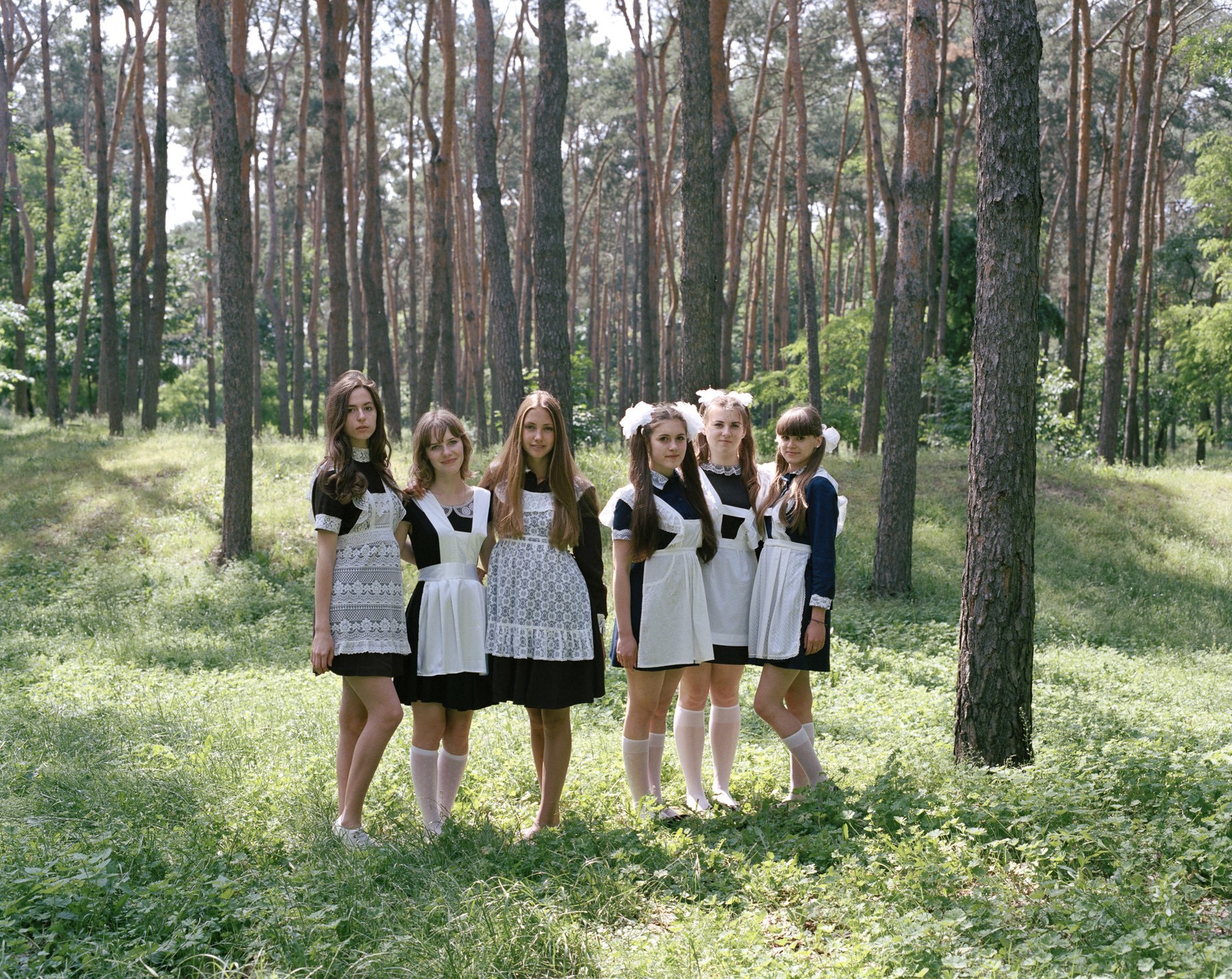
Within your photos there is a warmth in how people are captured. What can you tell me about your process?
When I photograph people, whether they are people that are close to me or strangers, I tend to fall in love with whoever I’m photographing. I think and feel a really close connection with them. I’m sure you’ve seen Marina Abramović’s performance The Artist is Present, where you went and stared at her for a period of time. I think something happens when you sit and stare at somebody for any length of time. Just look into their eyes, listen to them intently, really pay attention to them, feel them. If you can’t love somebody after doing that, something’s wrong with you. So that’s what I do through the camera. I try to understand who they are by watching them and listening to them.
What can you tell me about the ‘Rosegarden’ series?
The way I work, I don’t start with an idea and then go execute it. I explore and look for things and then form it into something more cohesive later. The first picture I took is from 2004 but the bulk of them are from 2014 after the war started. In 2014 when the revolt started in Maidan, war started in the east and Crimea got stolen away, it was really difficult for me to process that this really happy, magical place that I went to for trips back to childhood and fairy tales, was a little bit too real now, there was a bit too much suffering. A lot of hopes were dashed, a lot of people died and the economy crashed. It was really not comprehensible to me, so I wanted to see what it looked like, see how it made sense.
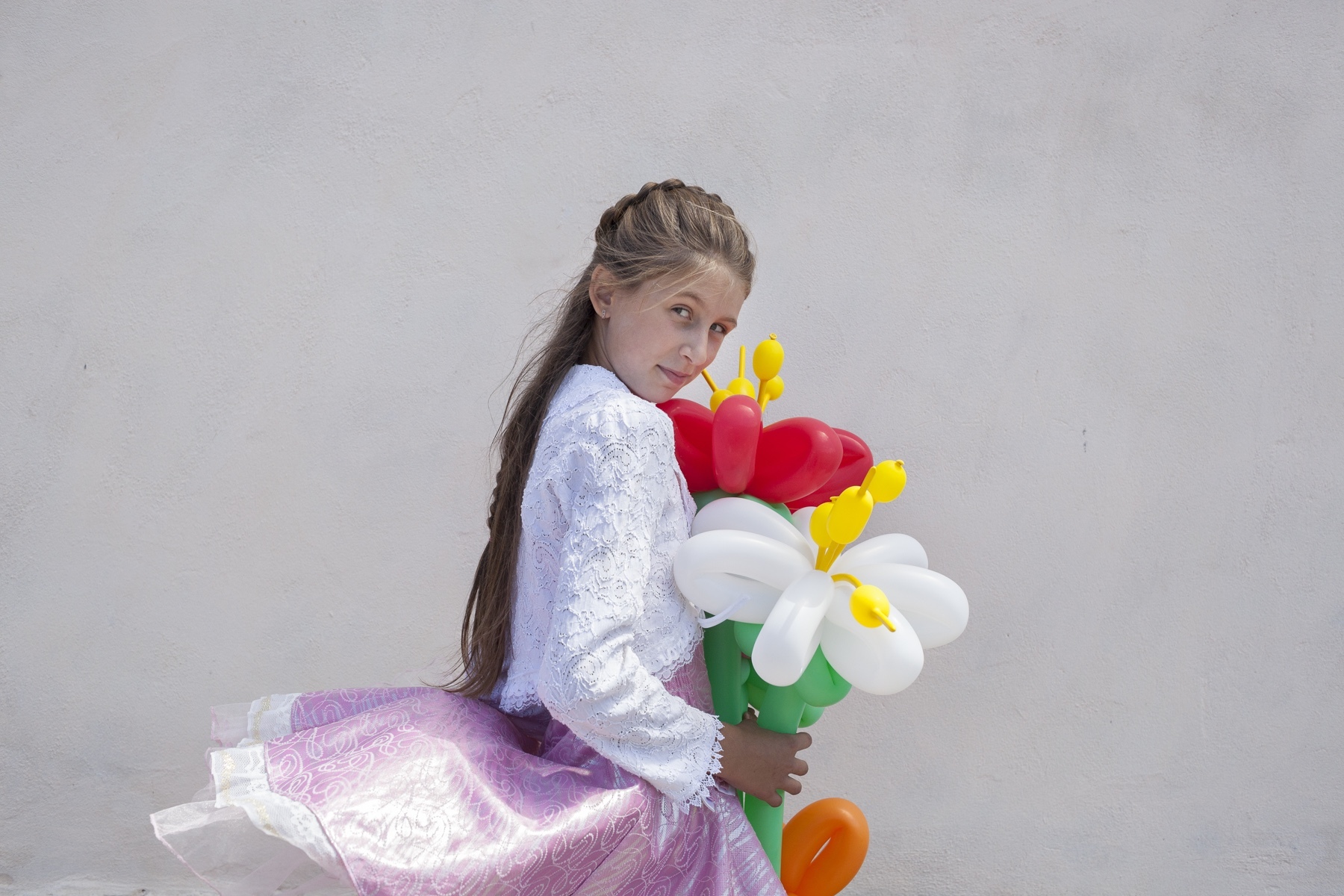
Do you know your subjects?
Some of them are my friends, some of them I met on the day that I photographed them. One person I found through Russian Facebook because I was looking for people to photograph and somebody put him up as a joke. But he let me come and photograph him anyway. It’s the boy with the gun.
I want to know the story behind the boy with the gun.
Well, he was a character. I was looking on Russian Facebook for an Odessa model or Odessa photographers, scouring all these little forums. I think I wandered around for four days and no one wanted to be photographed, or there was nobody that I wanted to photograph. So I thought, “I’ll find people who want to be photographed, who are looking for somebody to photograph them,” and I found this kid and called him. He was shocked and surprised that he was on the forum, we ended up talking and he said to come out to the outskirts where he lived and asked me if he should bring a guitar or a gun to the photoshoot. I said, “Bring whatever you want.” So he brought the gun.
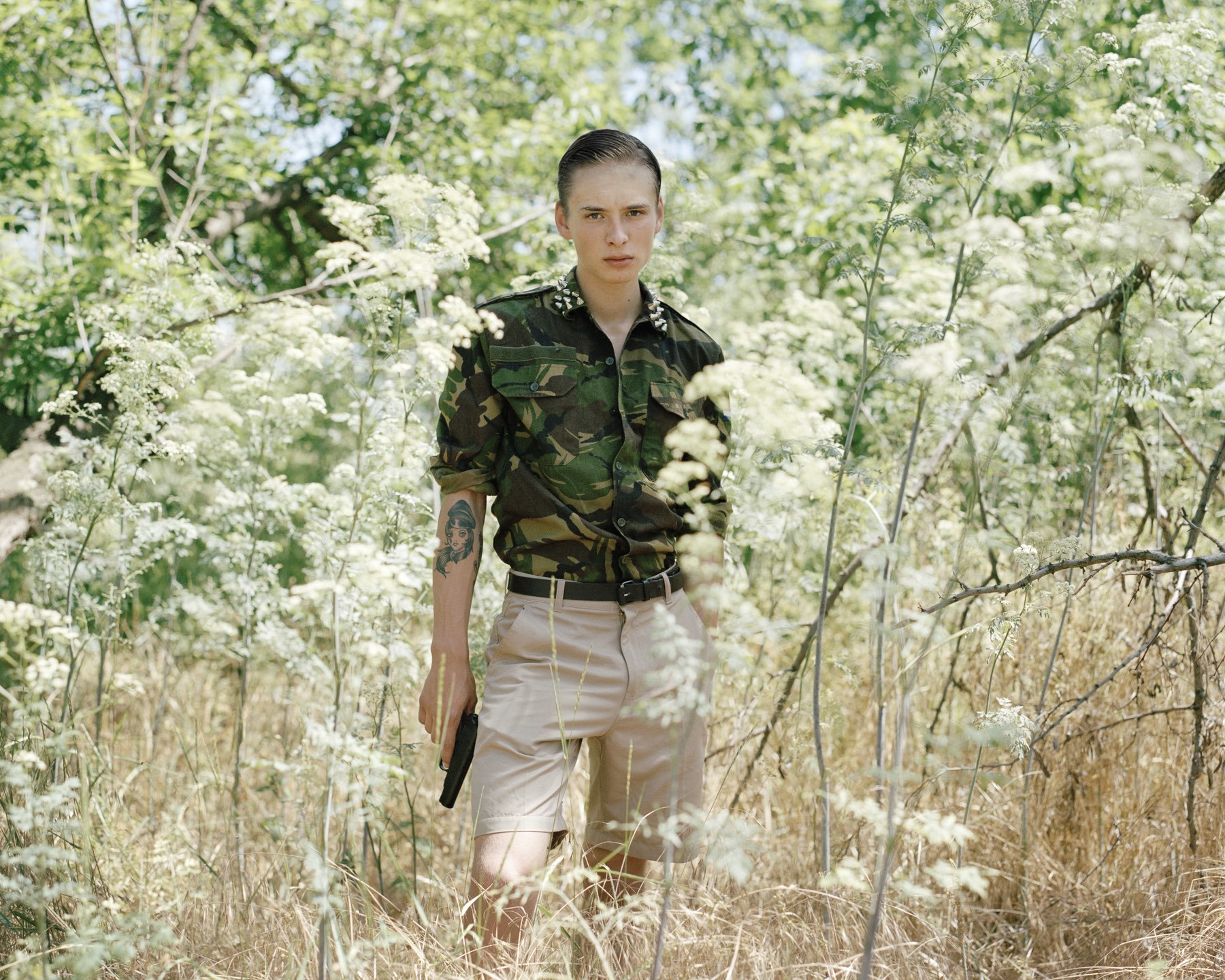
How do you feel when you go back and take a look at these photos?
When I started looking through the work and thinking of putting together an exhibit, it was an impetus to pull a series together. I started noticing all these roses, all these beautiful flowers in so many of the shots, and I see Ukraine as a garden. There are so many trees in bloom in the spring and there’s fruit all summer long. It’s such a bountiful country and a lot of the flowers were damaged or wilted, their heads were cut off, or they were trapped behind a wall – it seemed really symbolic of the situation. This lovely, beautiful, natural place was actually suffering so much.

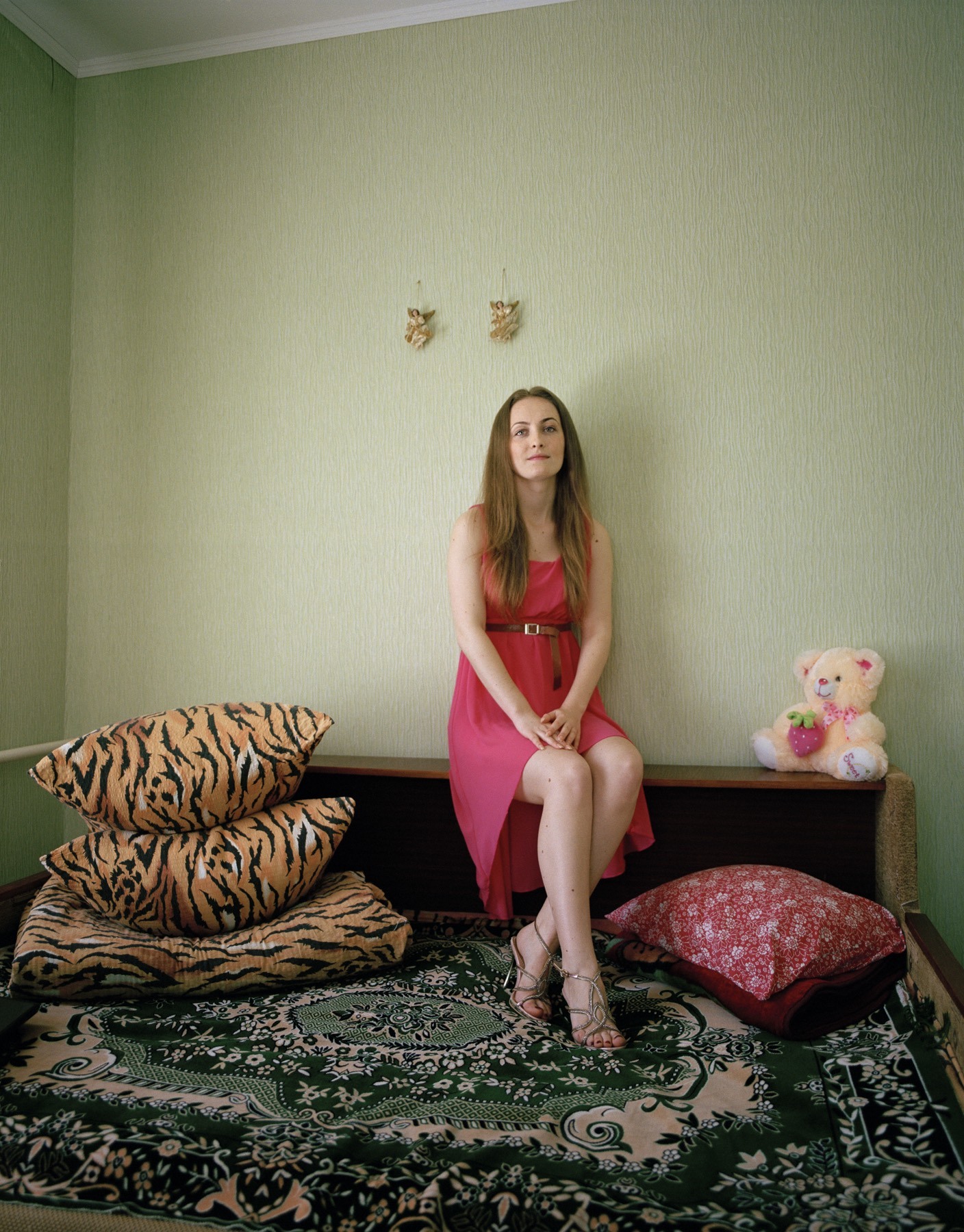
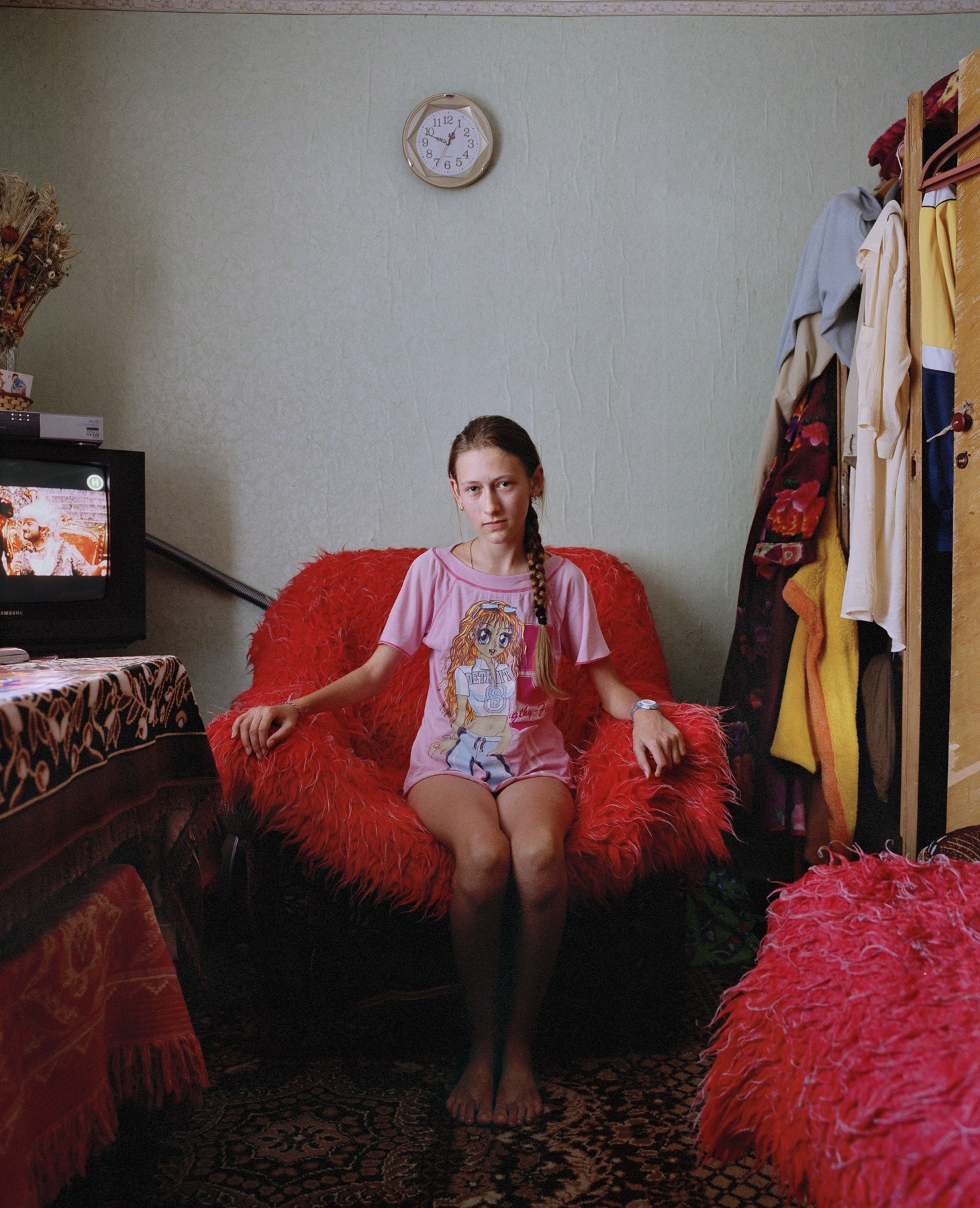
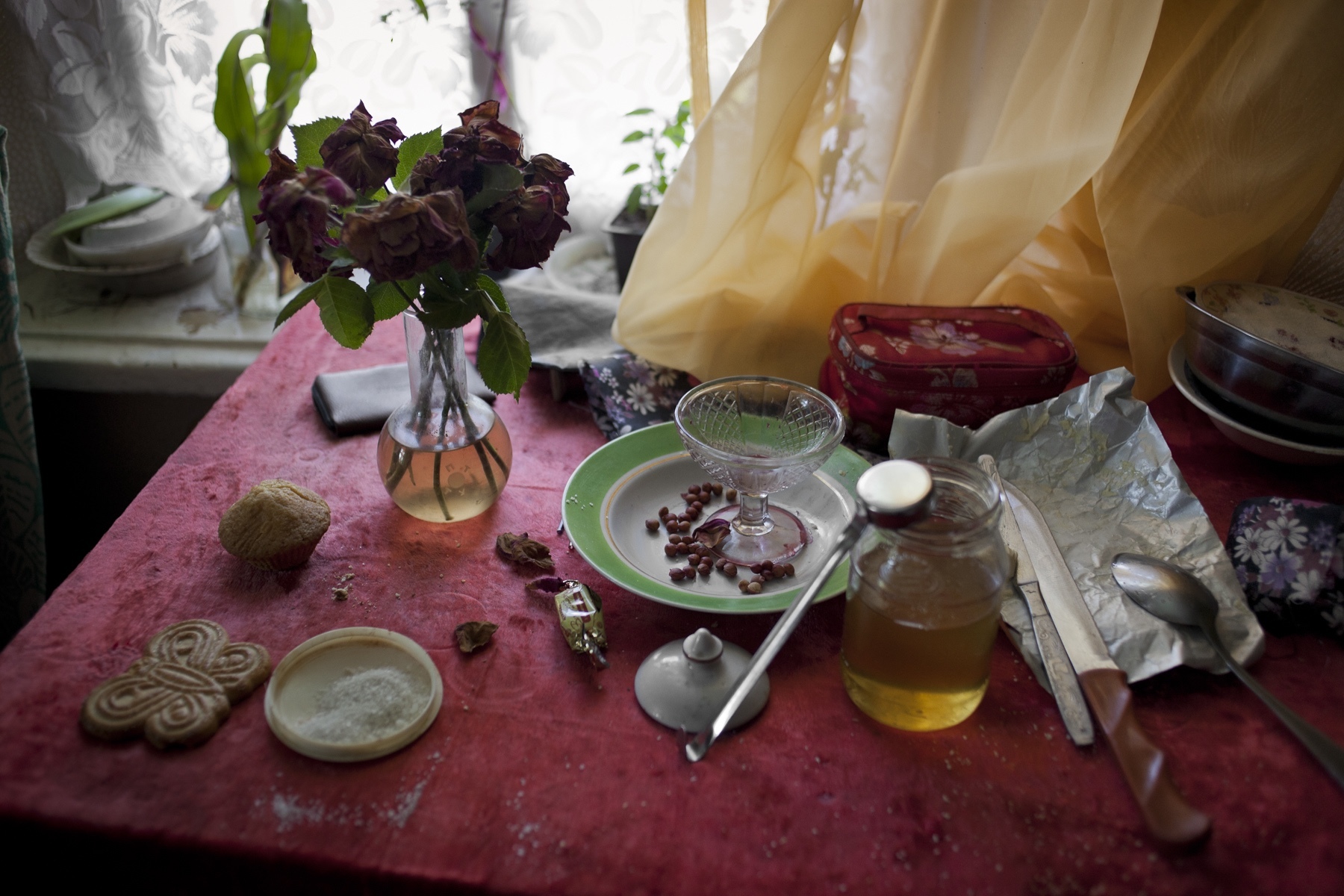
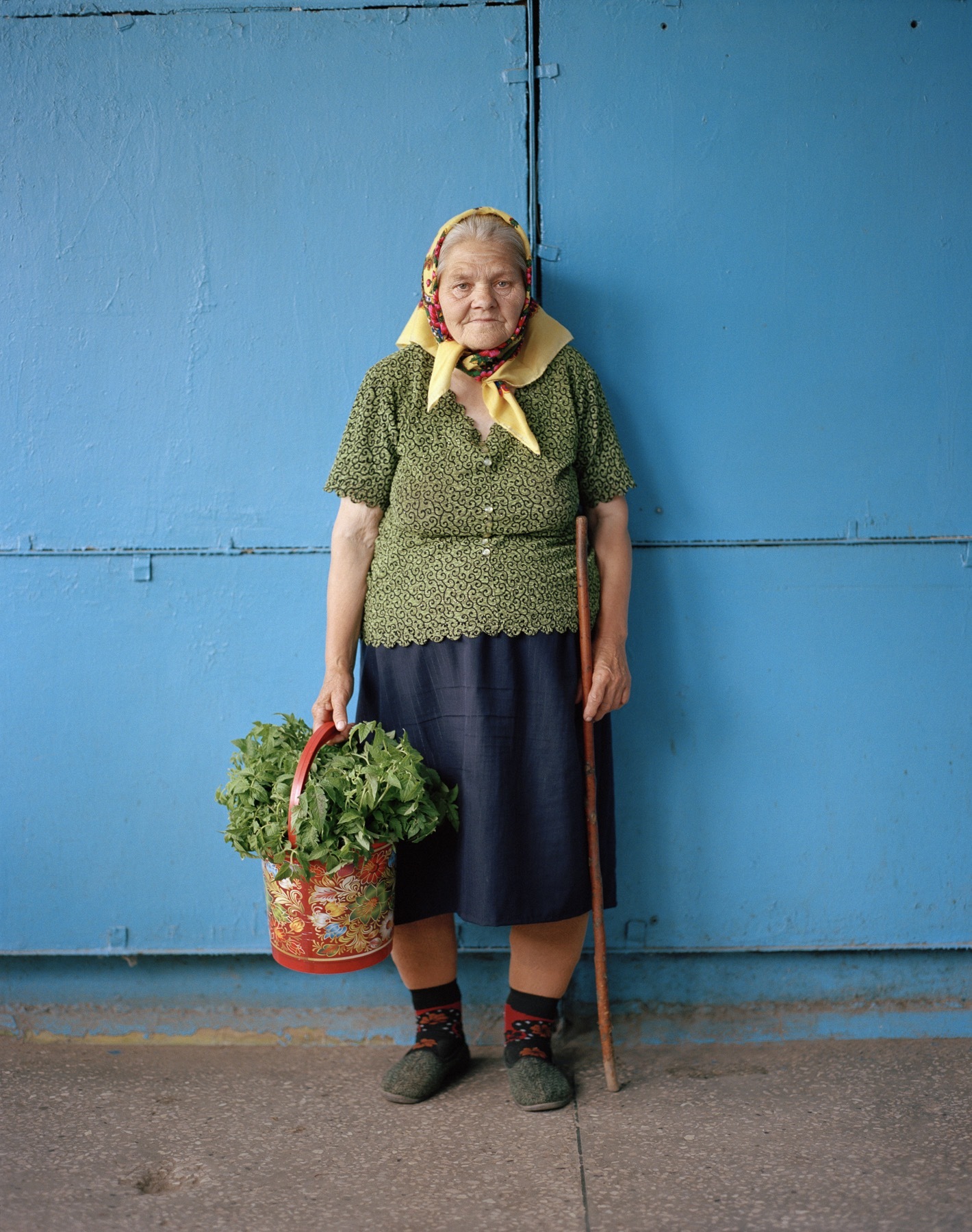
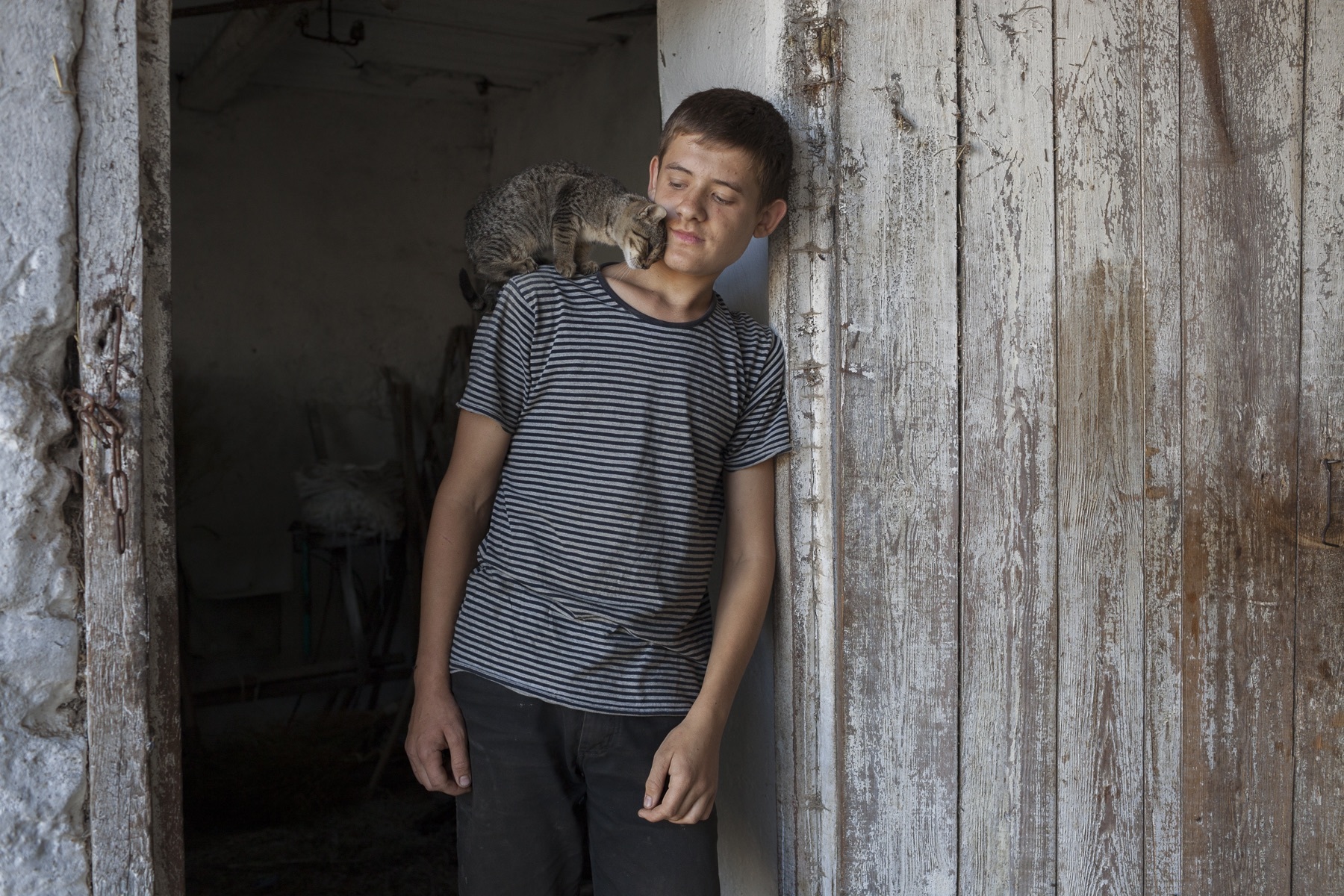
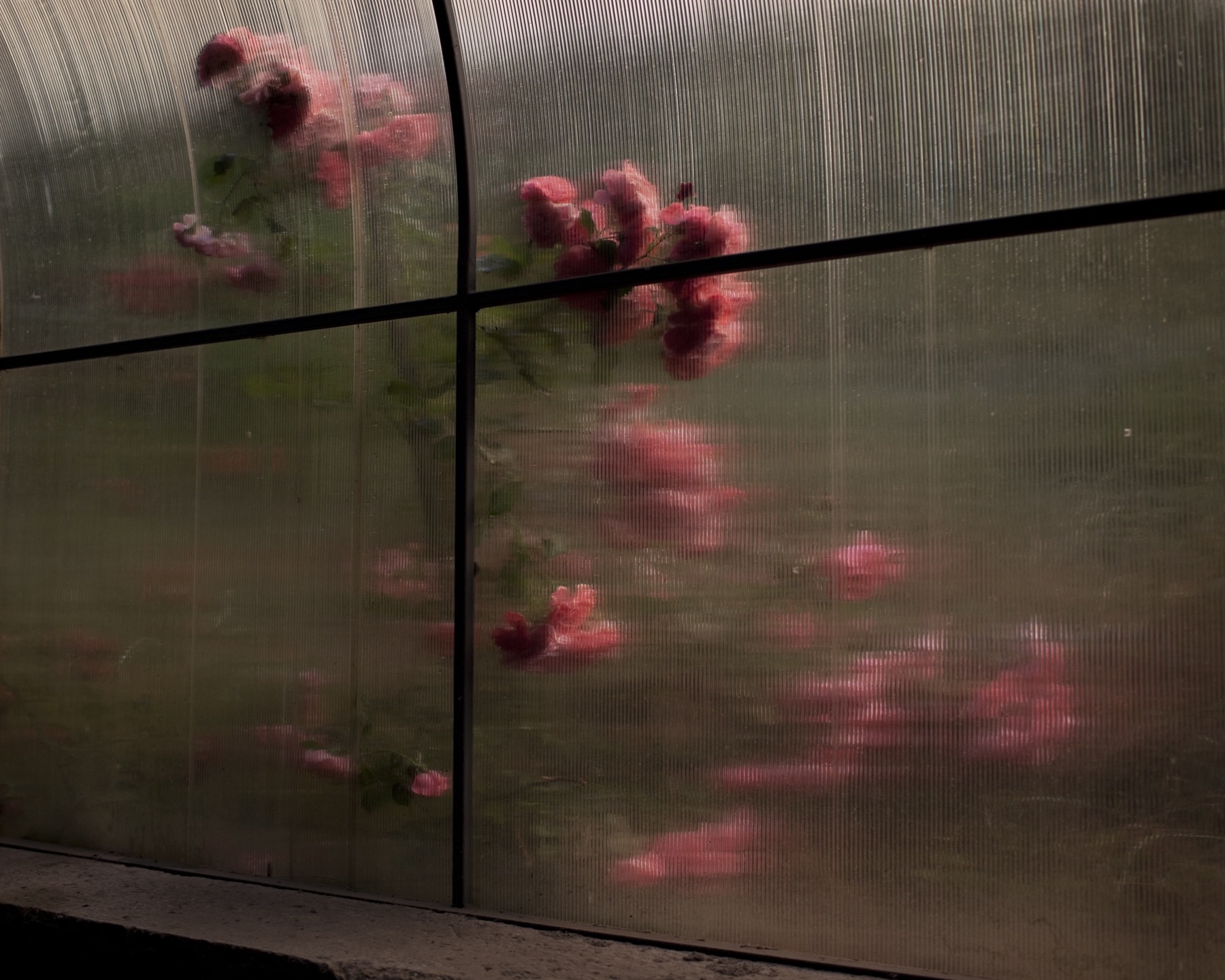
Credits
Text J.L. Sirisuk
All photographs courtesy and copyright Nadia Sablin
